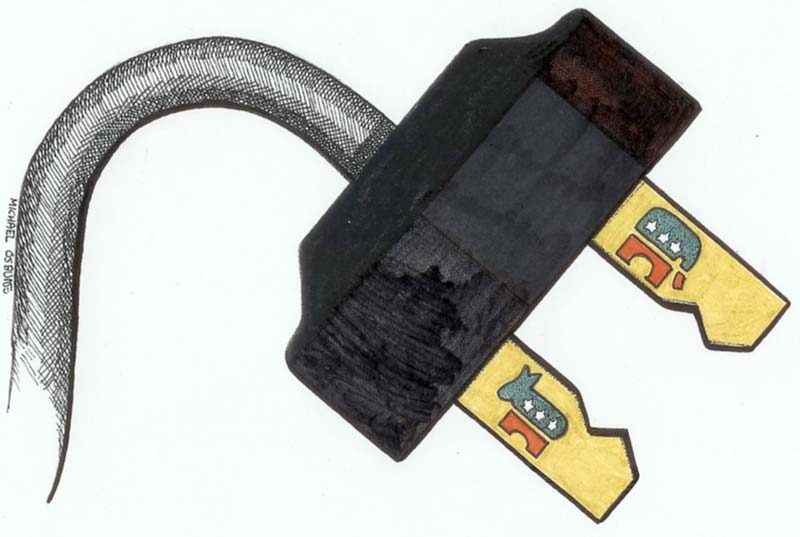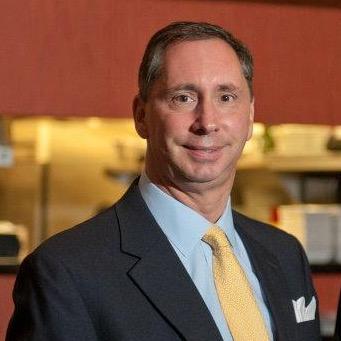
Move past the theatrics of the government shutdown, impeachment and the threat of investigations ad infinitum and there's the question of Democrat squad goals in a Pelosi-run House of Representatives.
One way to judge that: prioritized legislation.
And what happens to be at the top of the list? HR 1, also known as the "For The People Act."
The measure contains an election-reform bushelful of liberal chestnuts – same-day voter registration, provisional ballots, poll worker recruitment and training.
And these two nuggets, stashed inside "Section 1903. Election Day Holiday."
"For purposes of any law relating to Federal employment, the Tuesday next after the first Monday in November in 2020 and each even-numbered year thereafter shall be treated in the same manner as a legal public holiday described in section 6103 of title 5, United States Code."
And . . .
"It is the sense of Congress that private employers in the United States should give their employees a day off on the Tuesday next after the first Monday in November in 2020 and each even-numbered year thereafter to enable the employees to cast votes in the elections held on that day."
Leave it to a House bill-writer to use 98 words when eight will suffice: "We're giving you the day off to vote."
So what are the odds of Election Day 2020 becoming a federal holiday (an idea Vermont Bernie Sanders was peddling back in 2015)? Roughly the same odds as Mitch McConnell doing hot yoga with Alexandria Ocasio-Cortez.
Here's what the Senate Majority Leader had to say about the notion earlier this week: "Just what America needs, another paid holiday and a bunch of government workers being paid to go out and work for I assume . . . our colleagues on the other side, on their campaigns."
Let's assume there won't be an election holiday anytime soon – not until Democrats control both ends of Pennsylvania Avenue. The question remains: is such a holiday good public policy?
At the heart of the debate is voter turnout – give more people the day off, more people will go out of their way to head to the polls. As shown in this Fair Vote chart, turnout ebbs and flows in presidential cycles elections – a big falloff from 1992 to 1996 (58.1% vs. 51.7%), then a steady rise through 2008 (61.6%) followed by another drop in 2012 (58.2%) and then a return to 60.1% in 2016.
What does 2020 portend?
As the chart shows, presidential turnout corresponds with midterm turnout – and in 2018, turnout skyrocketed from 36.7% four years previously to 49.6%. The three presidential elections held in the 1960's ranged from a high of 63.8% (JFK) to a low of 62.5% (Nixon). The second Trump vote could reach those levels.
If that level of participation gnaws at you, then consider: turnout for UK's Brexit vote was a shade over 77%; while 67.9% of the French electorate turned out for 2017's presidential election. But only 35% bothered to cast un bulletin de vote in the second round of France's parliamentary election (it's what comes from loading the ticket with the likes of retired matadors and mathematical savants).
So who benefits if the U.S. move to a system where its adults have all of Tuesday to go to polls, if they so choose?
According to the U.S. Census Bureau's data on nonvoters, registered voters from households making more than $150,000 are most likely to say they don't have time to turn out on Election Day.
And who would get squeezed by the holiday? Try lower-wage earners at restaurants and stores – enterprises that would look to cash in if the working class got an extra day off.
There is one other option: move elections to Saturdays. But that's not guarantor of a higher turnout.
Poland, for example, holds elections on weekends. In its last two presidential elections (2015 and 2010) turnout was 55% – 5% less than the 2016 vote in the U.S. Switzerland also votes on weekends. That nation's turnout in 2017's national election was only 46% (you want to get the Swiss fired up, put a contentious idea in front of them – a vote vote to join the EEA in 1992 brought out 79%; the 2016 vote to deport foreign criminals, 63%).
What then to do about American elections? Don't give the nation a day off, but do a better job of giving voters options for getting involved. In California, for example, there's now permanent voting by mail (voters can also go on line, after they've submitted their ballot, to see if they've been processed).
In the Golden State, a majority of voters make their choices by mail rather than going to polling places on Election Day. This comes with complications that non-blue states might not like – like allowing provisional ballots to be counted, a vote-counting that can be painfully slow (it takes California over a month to certify statewide election results).
However, it gives voters the choice of not having to detour from their routines on Election Day.
Sign up for the daily JWR update. It's free. Just click here.
(COMMENT, BELOW)
Bill Whalen is a research fellow at the Hoover Institution, where he studies and writes on current events and political trends. In citing Whalen as one of its "top-ten" political reporters, The 1992 Media Guide said of his work: "The New York Times could trade six of its political writers for Whalen and still get a bargain." During those years, Whalen also appeared frequently on C-SPAN, National Public Radio, and CNBC.


 Contact The Editor
Contact The Editor
 Articles By This Author
Articles By This Author